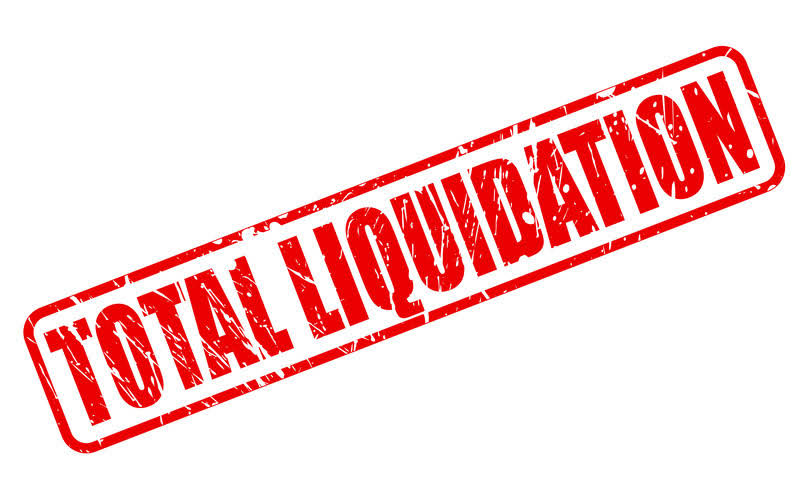
The main difference between the two is that the repayment of liabilities is required by law, unlike the repayment of equity which is discretionary. Also, in case of bankruptcy, all liabilities of a business need to be repaid before any amount is returned to the owners. Without understanding assets, liabilities, and equity, you won’t be able to master your business finances. But armed with this essential info, you’ll be able to make big purchases confidently, and know exactly where your business stands. It might not seem like much, but without it, we wouldn’t be able to do modern accounting. It tells you when you’ve made a mistake in your accounting, and helps you keep track of all your assets, liabilities and equity.
Expanded accounting equation

The most liquid of all assets, cash, appears on the first line of the balance sheet. Companies will generally disclose what equivalents it includes in the footnotes to the balance sheet. It’s important to note that although dividends reduce retained earnings, they are not expenses. Therefore, dividends are excluded when determining net income (revenue – expenses), just like stockholder investments (common and preferred).
Example Transaction #1: Investment of Cash by Stockholders
It can be defined as the total number of dollars that a company would have left if it liquidated all of its assets and paid off all of its liabilities. Non-current assets or liabilities are those that cannot be converted easily into cash, typically within a year, that is. We can expand the equity component of the formula to include https://www.bookstime.com/personal-bookkeeping common stock and retained earnings. Accounting equation is the foundation of the double-entry in the accounting system which accounting transactions must follow. It is usually considered the most fundamental concept in the accounting system. Tangible assets are physical objects that can be touched, like vehicles and equipment.

Additional Resources
The accounting equation plays a significant role as the foundation of the double-entry bookkeeping system. The primary aim of the double-entry system is to keep track of debits and credits and ensure that the sum of these always matches up to the company assets, a calculation carried out by the accounting equation. It is based on the idea that each transaction has an equal effect. It is used to transfer totals from books of prime entry into the nominal ledger. Every transaction is recorded twice so that the debit is balanced by a credit.

Below are examples of a few types of small businesses and the assets and liabilities they may have. Equity should be positive, and the higher the number, the better. Shareholders might be taking too much money out of the business, or the business a statement that shows the relationship between an individuals assets, liabilities, and equity. might be losing money. Either way, the business owner needs to take action to minimize liabilities and increase assets. A balance sheet is important because it provides a snapshot of a company’s financial condition at a specific point in time.
- For example, prepaid casualty insurance has value in that it protects the insured party from having to pay out cash to replace or repair physical assets destroyed or damaged by a calamity.
- They include cash on hand, cash at banks, investment, inventory, accounts receivable, prepaid, advance, fixed assets, etc.
- As transactions occur within a business, the amounts of assets, liabilities, and owner’s equity change.
- Your bank account, company vehicles, office equipment, and owned property are all examples of assets.
- Well, the accounting equation shows a balance between two sides of your general ledger.
- Updates to your enrollment status will be shown on your account page.
- Cash (an asset) rises by $10M, and Share Capital (an equity account) rises by $10M, balancing out the balance sheet.
- The fundamental components of the accounting equation include the calculation of both company holdings and company debts; thus, it allows owners to gauge the total value of a firm’s assets.
- Use the balance sheet equation when setting your budget or when making financial decisions.
- A credit in contrast refers to a decrease in an asset or an increase in a liability or shareholders’ equity.
- The effect of this transaction on the accounting equation is the same as that of loss by fire that occurred on January 20.

